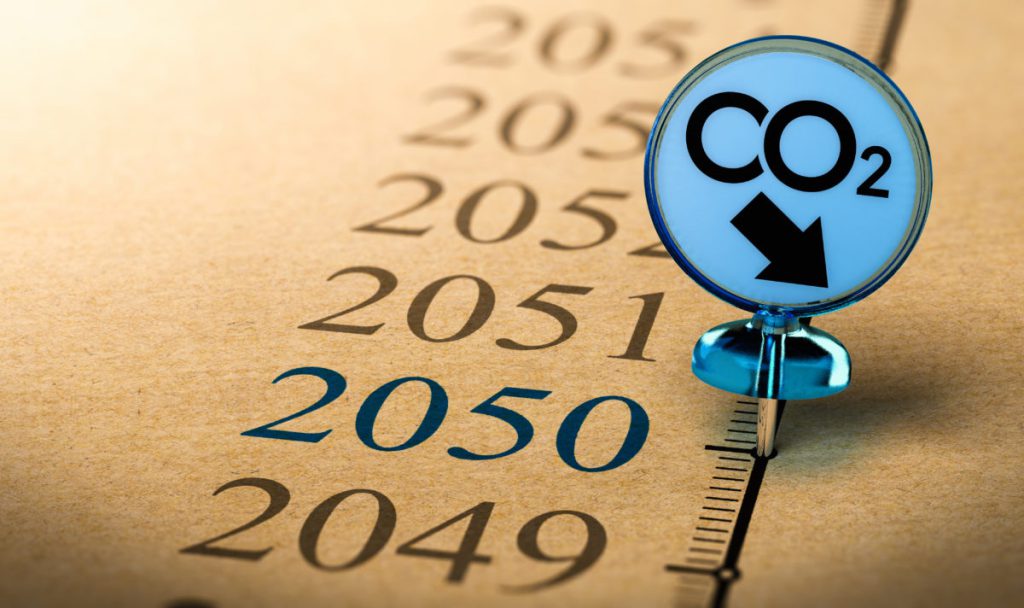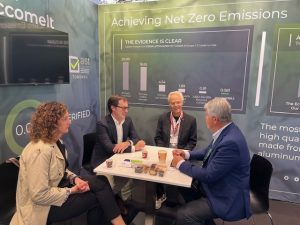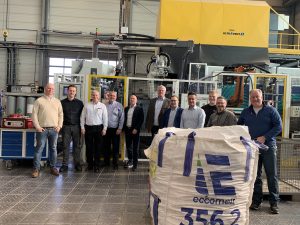Are the net-zero carbon emissions targets required by the Paris Agreement and slated to occur between 2050 -2070, simply too hard to reach for the global aluminum industry? That is the question Miles Prosser, secretary-general of the International Aluminum Institute, is asking while reflecting that the situation is “challenging” (Platts, July 16, 2020). The main difficulty for the industry is that the processes of refining alumina and smelting aluminum are extremely energy-intensive, and without entirely new technology, will remain a high-carbon enterprise.
A major change needs to occur in the energy infrastructure that refines bauxite into aluminum, and it is a process that will likely take 30-40 years. Some new ideas for shifting the energy infrastructure include hydroelectric power, and anode technology; the latter as evidenced in the ELYSIS technology currently being developed by Rio Tinto and Alcoa. Further abroad, Rusal and Hydro are also working on this innovation with the goal of using electricity more efficiently and significantly reducing portions of the emissions created in the process.
But for a widely available and current solution, secondary aluminum remains the frontrunner with a much lower carbon footprint than primary aluminum and production that is far less energy-intensive. As stated in one of our earliest posts, aluminum is endlessly recyclable; therefore, it can be made readily available to meet demand when handled and sorted properly. Indeed, Prosser claims that “secondary aluminum will become an even more important part of the supply chain in the future,”(Platts, July 16, 2020.) mainly because global demand growth for aluminum is expected to rise between 2%-4% per year in the medium to long term, as reported in our last blog article.
Automaker Jaguar Land Rover gets the message and has initiated the REALITY Aluminum Project which aims to reduce its carbon footprint to zero. They are innovating by using recycled aluminum parts mixed with a lower amount of primary aluminum to form a prototype alloy that is “comparable to the existing Jaguar grade and quality” (S&P Global Platts, Aug. 21, 2020.) This alloy has the potential to reduce CO2 emissions by up to 26% compared to primary aluminum.
None of this is a surprise to our team at Eccomelt LLC. We are looking forward to Alumexico 2020, which is planned for October 28-30, 2020, wherein Aluminum Expert Martin Hartlieb will reveal the exact calculation of the carbon footprint for eccomelt356.2, as determined in a recent McGill University study, and will show how favorably it compares to other types of aluminum made of the same alloy. Indeed, Eccomelt LLC provides a low carbon footprint alloy that is exactly what the aluminum industry needs to help individual companies, and the collective industry, reach their carbon footprint goals. Alongside Alcan R&D, Eccomelt LLC has developed a patented innovative process that produces a specification alloy from aluminum wheels at a lower cost than traditional methods, and that meets the EPA definition of CLEAN CHARGE. Eccomelt356.2 is a direct substitute for A356.2 primary aluminum, and is shipped worldwide to OEMs, Tier 1s, foundries, and die casters who are using eccomelt356.2 to cast high-quality automobile parts.
Eccomelt LLC ships products to automotive OEMs and foundries within North America including the United States, Canada, and Mexico, and worldwide, such as France, Ireland, Italy, Serbia, and Spain. Our product is the material of choice for our customers because it is sustainable and chemically pure. Its shredded form has achieved higher melting rates than Ingot, Sow, or T-Bar – thus further helping its customers to reduce energy consumption and carbon footprint.




